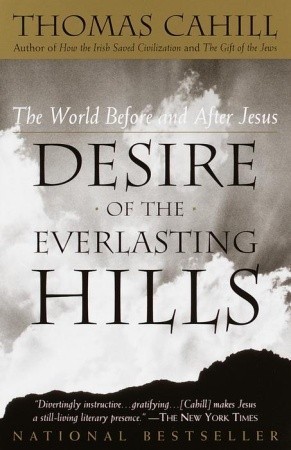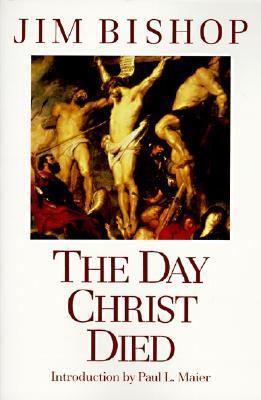
Killing Jesus: A History
Book Description
The countdown to an execution unlike any other has begun. In "Killing Jesus: A History," Bill O'Reilly unveils the gripping saga of the man who altered history forever. Through a meticulously crafted narrative, experience the political intrigue, betrayal, and relentless pursuit of power that led to the shocking betrayal of the ultimate revolutionary. With vivid detail and historical authenticity, the book transports readers to a world where faith and fear collide, and every move is a deadly gamble. As the sun sets over Jerusalem, the question lingers: who will bear the weight of this monumental death?
Quick Book Summary
"Killing Jesus: A History" by Bill O'Reilly provides a detailed and compelling account of the life and death of Jesus of Nazareth, focusing on the historical and political events leading to his crucifixion. Steering clear of religious dogma, the book presents Jesus as a historical figure, examining the climate of first-century Judea, the ambitions of the Roman Empire, and the intricacies of Jewish politics. Through a vivid narrative, O'Reilly explores the motivations of those who wielded power and their role in orchestrating Jesus’s death. The book gives readers a close look at the forces of ambition, betrayal, and faith that shaped one of history’s most pivotal moments, offering new perspectives into why and how Jesus was executed.
Summary of Key Ideas
Table of Contents
Historical and Political Context of Judea
O'Reilly begins by setting the turbulent political and social landscape in which Jesus lived. Roman rule in Judea was marked by tension, oppression, and frequent uprisings. The Jewish leadership was caught between maintaining its cultural and religious identity and appeasing the occupying Roman authorities. This era was fraught with suspicion, violence, and unrest, creating a volatile environment where any challenge to the established order was met with caution and force. Into this world, Jesus entered and quickly became a figure of interest not only for his teachings but also for the way he threatened the delicate balance of power.
Jesus as a Revolutionary Figure
The narrative portrays Jesus as a radical whose ideas and public acts challenged both religious and secular authorities. His message of compassion and social justice attracted followers and alarmed those in power. The miracles attributed to him and his growing influence made Jesus a perceived threat—a revolutionary who could incite the people against Roman rule or disrupt the authority of the Sanhedrin, the Jewish high council. O'Reilly contextualizes Jesus’s teachings within this atmosphere of political sensitivity, emphasizing the tangible dangers he faced as a public figure.
The Interplay of Religion and Power
Much of the book delves into the complex interplay between religious dogma and political ambition. The Sanhedrin, wary of provoking Roman ire or losing their own privileged standing, viewed Jesus’s popularity and criticism of their practices as destabilizing. Meanwhile, the Roman governor, Pontius Pilate, is depicted as a pragmatic, ruthless administrator, unwilling to risk his status by allowing any perceived insurrection. O’Reilly highlights how these forces converged in a confluence of self-preservation and paranoia, setting the stage for Jesus’s eventual arrest.
Motivations Behind the Betrayal and Execution
The betrayal by Judas Iscariot and the subsequent events leading to the crucifixion are depicted as the tragic culmination of intersecting motives: personal disillusionment, fear of rebellion, and desire to maintain the status quo. The book scrutinizes the roles of key players—including Judas, Pilate, and Caiaphas—showing how personal, political, and spiritual crises led to the fateful decision to execute Jesus. O’Reilly presents the crucifixion as a calculated act by leaders eager to silence a charismatic challenger and reassert control.
Enduring Historical Impact of Jesus’ Death
Finally, the book evaluates the immediate aftermath and enduring significance of Jesus's death. O'Reilly argues that this event fundamentally altered the course of history, galvanizing a movement that would ultimately reshape civilizations. The narrative underscores how the dramatic interplay of faith and fear, ambition and betrayal, produced ripples that extended far beyond first-century Jerusalem, ultimately ensuring that the story of Jesus—and the circumstances of his death—would remain central to world history for millennia.
Download This Summary
Get a free PDF of this summary instantly — no email required.





